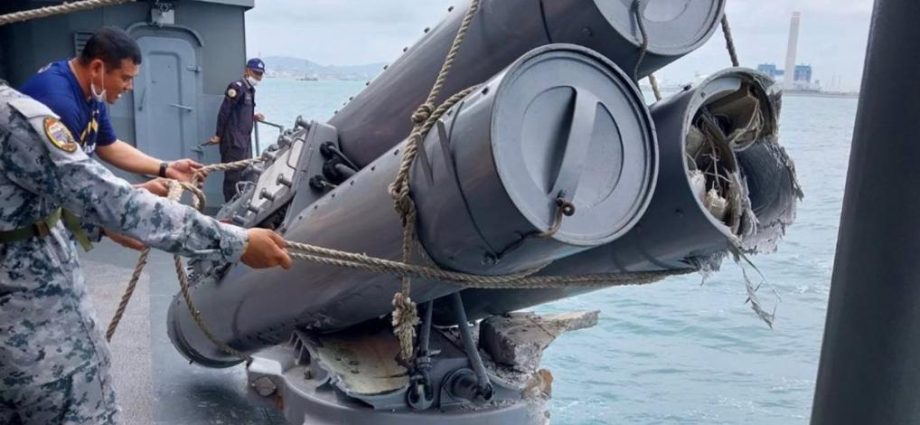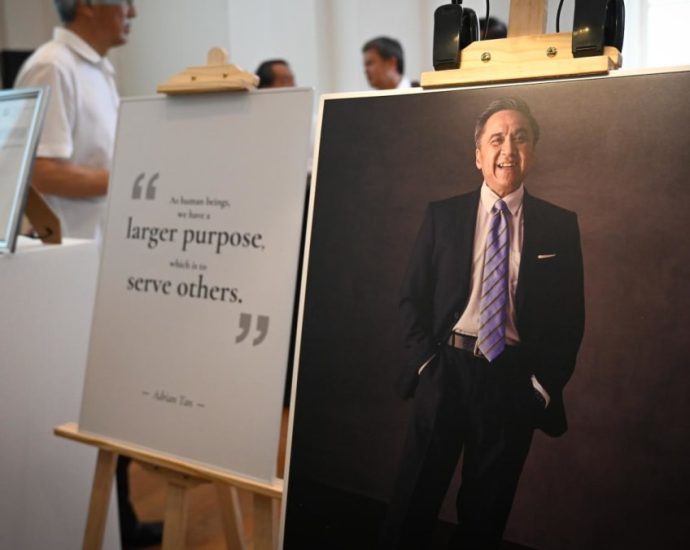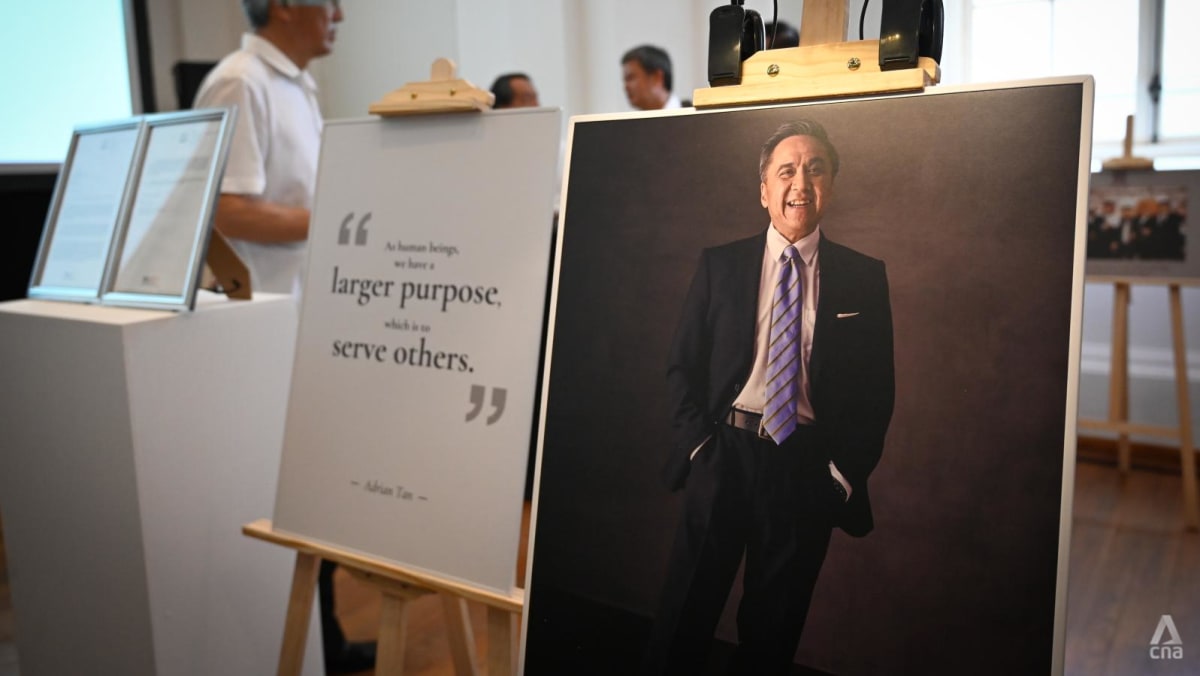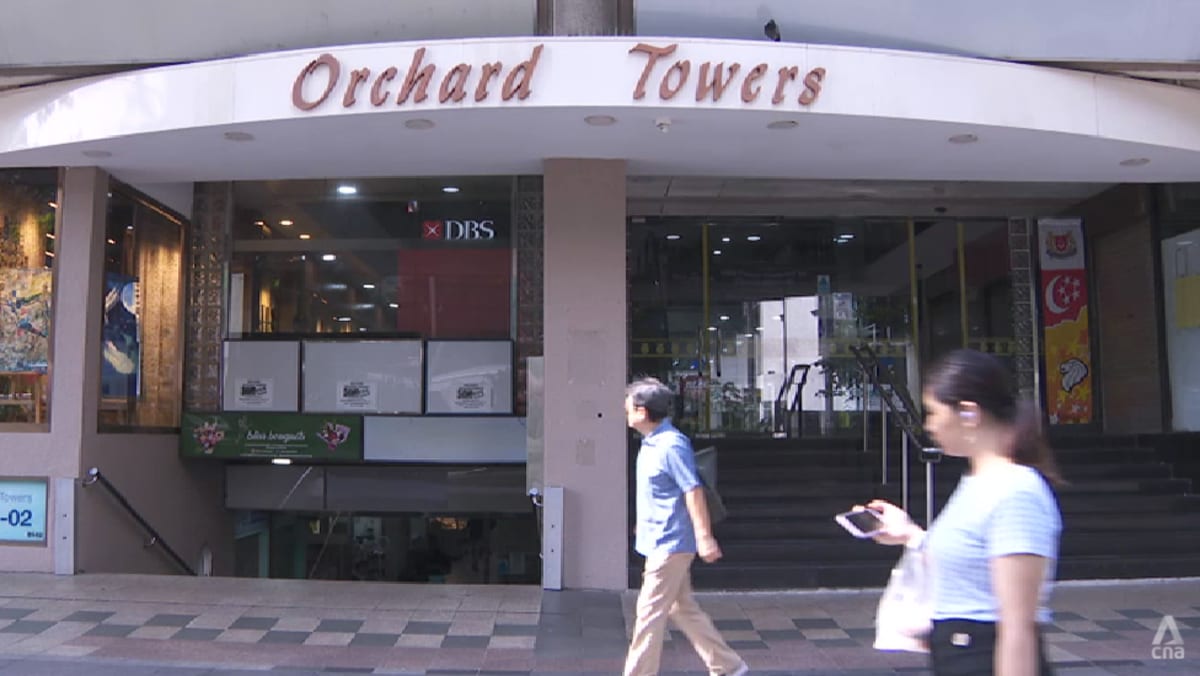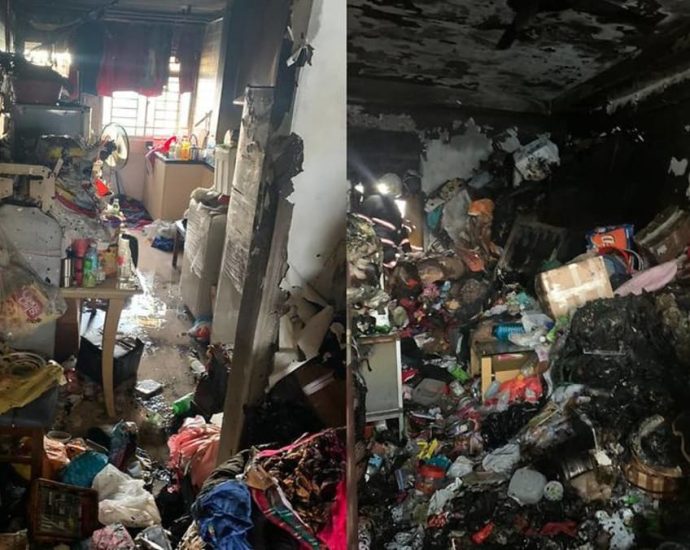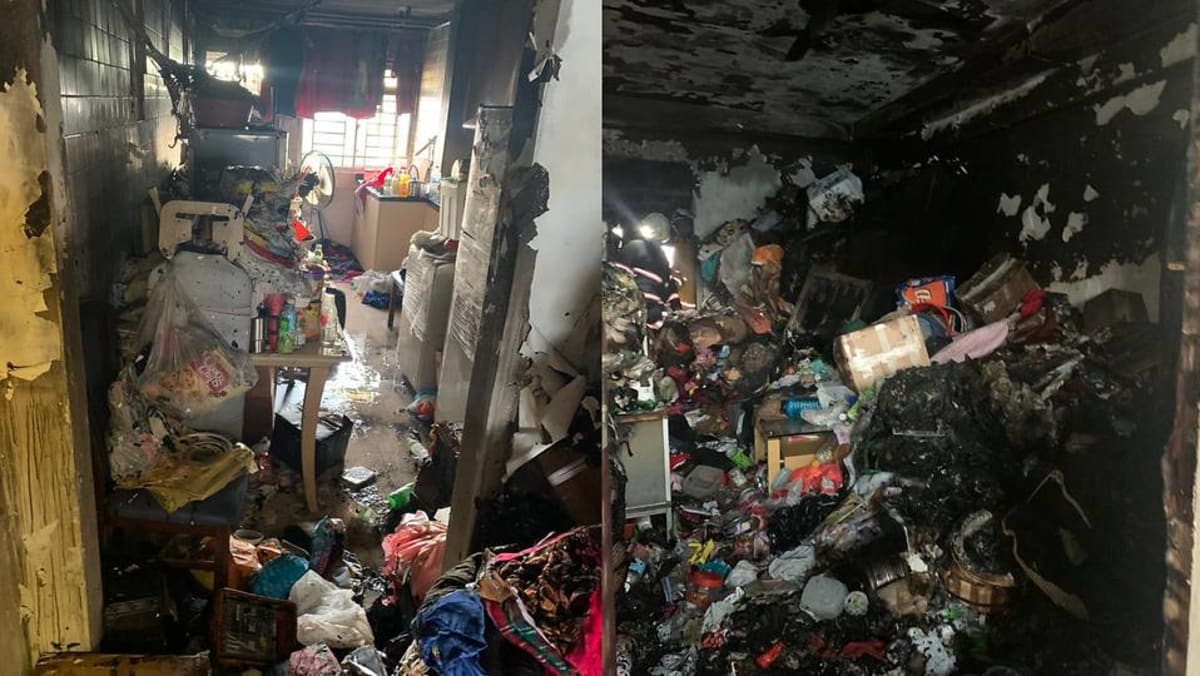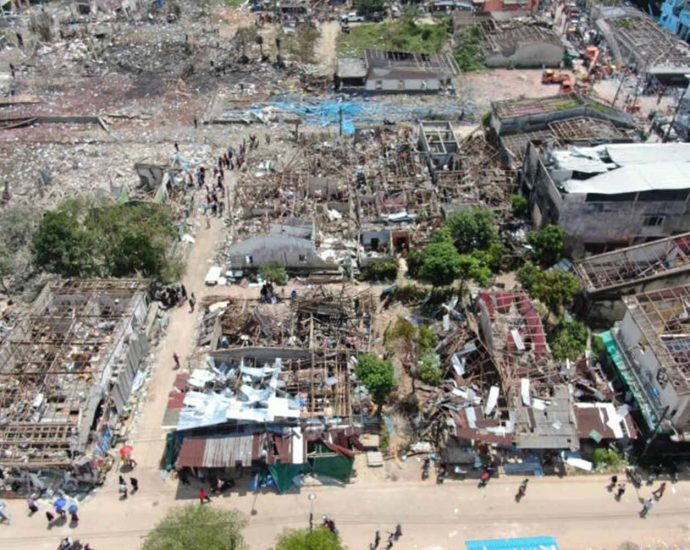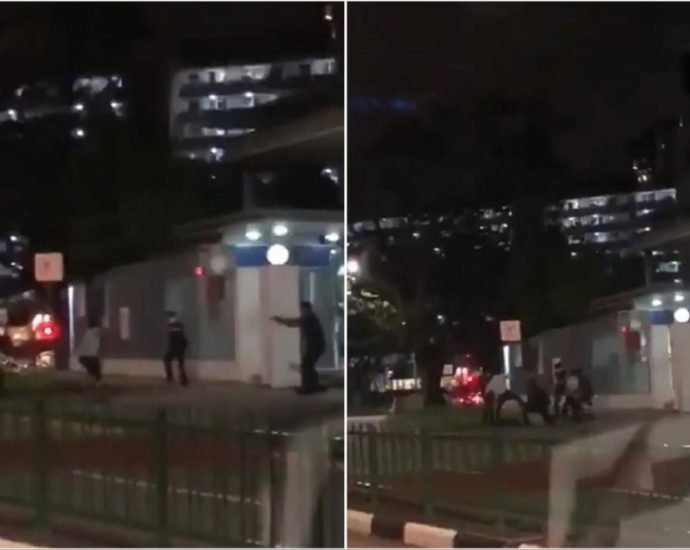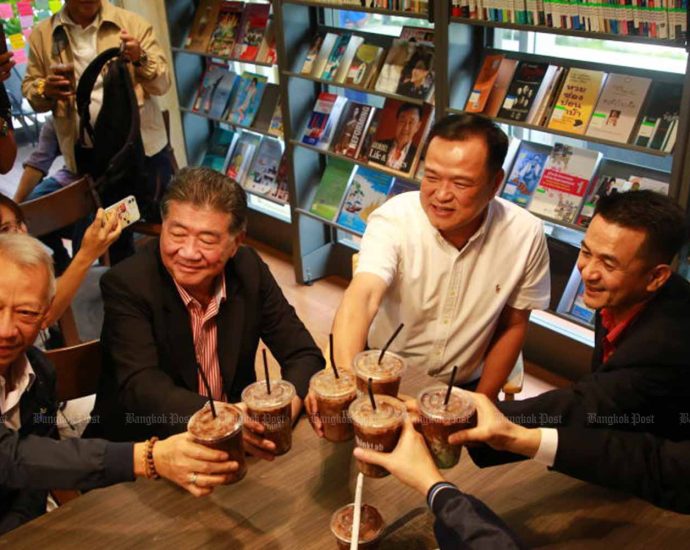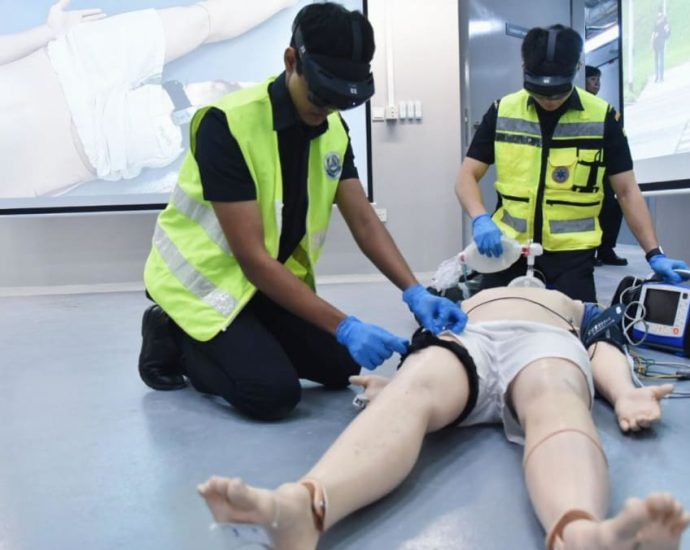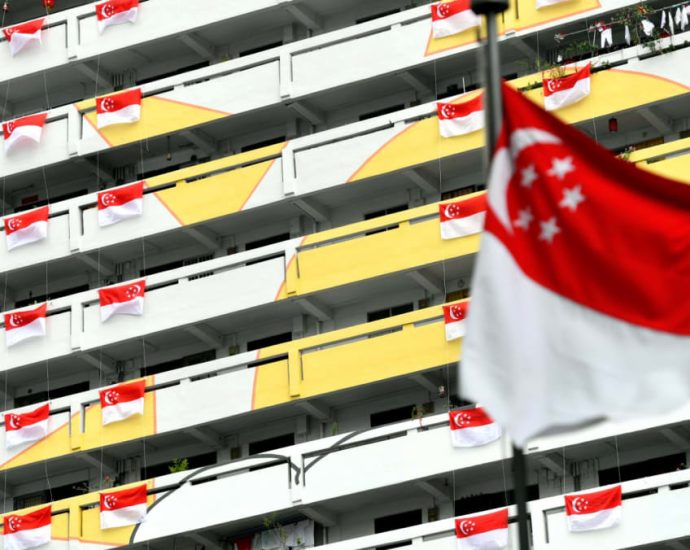Ship crash blamed on ‘technical error’
PUBLISHED : 1 Aug 2023 at 04:00

A technical error caused the frigate HTMS Naresuan to crash at the Map Ta Phut Port in Rayong province during an International Ship and Port Facility Security Code (ISPS Code) drill, a navy source said.
The source said the 30-year-old frigate crashed while docking at the port during the Naval Security Port and Ship Map Ta Phut Exercise 2023 (NASMAX 2023) on Wednesday.
The mishap damaged one of the triple torpedo tubes and some life rafts on the ship borrowed from the HTMS Chao Phraya specifically for the rehearsal, causing at least 1 billion baht in damages.
The source said some sailors were worried about how the crash occurred, and the Royal Thai Fleet is now investigating what happened.
HTMS Naresuan is a missile frigate modified from the Chinese-made Type 053 frigate. It was designed by the Royal Thai Navy and China in Shanghai. It was commissioned into service in 1995 after being launched in 1994.
According to online sources, the frigate has an overall length of about 120 metres, with a displacement of about 2,900 tonnes and 150 crew members.
NASMAX 2023 was held to improve port security measures so the navy can adhere to the ISPS Code.
The drill was held from July 25–27. The accident occurred on the second day.

